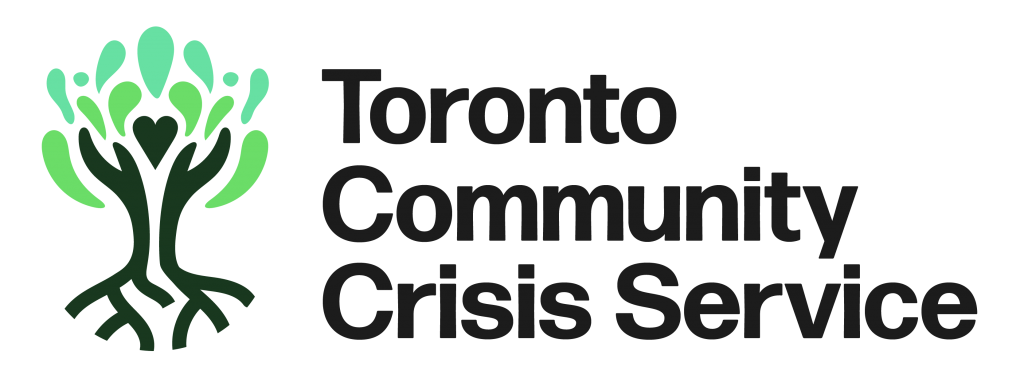So just like paramedics, police and firefighters (as well as nurses, social workers or any other occupation that provides direct services to sometimes challenging individuals) who are injured in the course of their employment. It would be interesting to see a comparison of job related injury rates of the "four" Toronto services in five/ten years. Not every "mental health" call will result in violence and a multidisciplinary approach will likely triage those responses that need a team to go in mob-handed as opposed to being more touchy-feely.
And in one study that looked at violence against paramedics
Background/Objectives: Violence is a significant occupational health issue for paramedics, yet underreporting limits efforts to identify and mitigate risk. Leveraging a novel, point-of-event violence reporting system, we aimed to identify ...

pmc.ncbi.nlm.nih.gov
Abstract
Background/Objectives: Violence is a significant occupational health issue for paramedics, yet underreporting limits efforts to identify and mitigate risk. Leveraging a novel, point-of-event violence reporting system, we aimed to identify characteristics of 9-1-1 calls associated with an increased risk of violence in a single paramedic service in Ontario, Canada. Methods: We retrospectively analyzed all electronic violence and patient care reports filed by paramedics in Peel Region and used logistic regression to identify call-level predictors of any violence and, more specifically, physical or sexual assault. Results: In total, 374 paramedics filed 974 violence reports, 40% of which documented an assault, corresponding to a rate of 4.18 violent encounters per 1000 9-1-1 calls. In adjusted models, the risk of violence was elevated for calls originating from non-residential locations (e.g., streets, hotels, bars), occurring during afternoon or overnight shifts, and involving young or working-age males. Presenting problems related to intoxication, mental health, or altered mental status were strongly associated with increased risk, with particularly high adjusted odds ratios for assault. Conclusions: These findings support the utility of near-miss and violence surveillance systems and highlight the need for multidisciplinary crisis response to high-risk calls, especially those involving mental health or substance use.
And from the conclusions
Taken together, our findings point to an urgent need for paramedic services to establish formal protocols to triage mental health and substance use-related calls for potential co-response by multidisciplinary mental health crisis teams. These teams may help de-escalate high-risk encounters and reduce the likelihood of violence. Integrated approaches like these, alongside broader violence prevention efforts, are essential to protecting the safety and mental health of paramedics while providing high-quality patient care.





